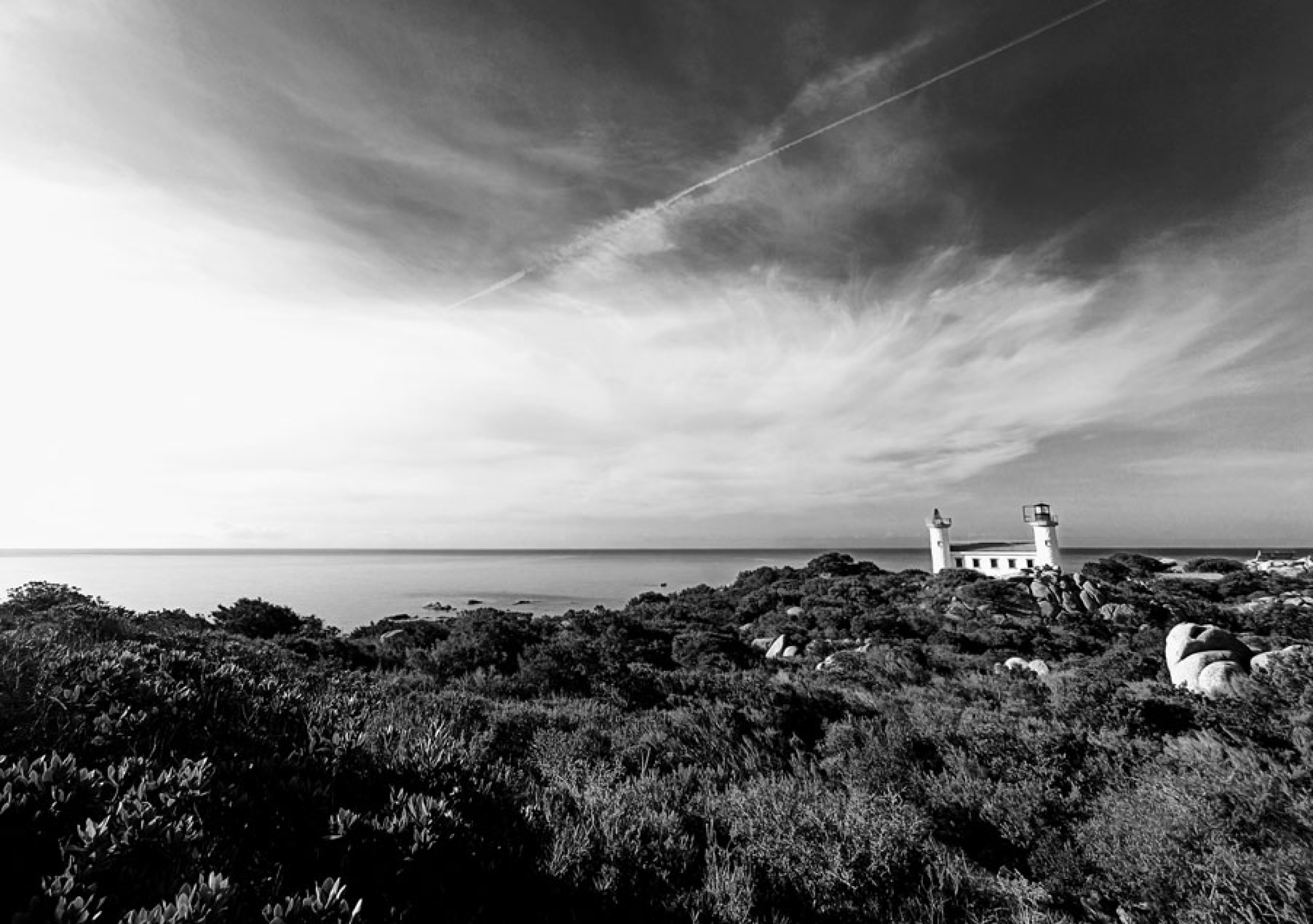
The Senetosa lighthouse
An unusual night at the Senetosa lighthouse offers a unique experience on Corsica's most isolated coastline. Here, surrounded by captivating stories of bandits, lost treasure and even anecdotes linked to Queen Victoria of England, you'll discover a world apart. Senetosa, with its peaceful solitude, the fascinating light of its lighthouse, the captivating scent of the maquis under the summer sun, and the salty sea spray, is an ideal place for a total escape.
En route to the island's most isolated lighthouse
This stretch of wild, unspoilt coastline, from the hamlet of Tizzano to the Tour de Campomoro, is one of the most protected sites in Corsica, providing the perfect backdrop for a hike in southern Corsica. Imagine spending a night in a complete change of scenery, far from the hustle and bustle of everyday life, and admiring a magnificent sunset over the Mediterranean. With little or no network, it's the perfect opportunity to recharge your batteries and take full advantage of the natural spectacle offered by this exceptional region.
A little bit of History
Tall tales were told with fervor by the night's Guardian, Guy, a real storyteller. The story goes, on April 17th 1887, the P&O steam ship Tasmania, was en-route from Bombay to London. The ship was full, and left India with 166 crew and 144 passengers on board, many of whom are expected in London for the Golden Jubilee celebrations of Queen Victoria. After passing the Lighthouses at Petusato & La Madontte in the Bonifacio Straits, at shortly after 4am, the steamer hit the Rochers des Moines, off the Corsican coast near the famous Lion de Roccapina.
In the high seas, the Tasmania broke up against the rocks and the order was given by the Captain to take to the lifeboats, women and children first. It does sound like a James Cameron movie, I agree, but keep listening. Over 30 crew members, including Asian and African ship-hands, the captain and two of his assistants perished in the disaster. All passengers survived, mostly noblemen, including the Maharaja Singh of Jodphur, a pretty dapper chap, who was traveling to the Golden Jubilee with six jewel-filled cases for the Queen. At the time of sinking, treasures including the jewels, as well as opium, indigo, cotton, & spices, were in the hold, most of which remained on the wreck. The famous Lloyds of London, who insured Tasmania, sent divers to salvage the treasures a few weeks after the sinking, but some objects had already washed ashore and some remained as "souvenirs" in the homes of some very lucky locals.
Lloyds put pressure on the French to have a lighthouse built to signal the dangerous Rochers des Moines and so the lighthouse came about. Work began in 1889 and by 1892, the Senetosa lighthouse was lit. It is the only light-house in France to be designed with two towers: one tower for the lantern, the second to carry a red glass sector intended to signal the Rochers des Moines.
The Lighthouse Keepers
We also heard the story of the lighthouse keepers. Until the 1950s, the two lighthouse keepers lived at the lighthouse with their families, far from everything, they had little contact with the outside world. Water had to be sourced at the spring at "nearby" Cala di Conca, with mules, and the families grew vegetables in the square walled garden below the lighthouse, and spent any spare time hunting and fishing for extra supplies.
From the mid-1950s, the keepers lived alone, their families remaining in Bonifacio, Porto Vecchio or Ajaccio. In 1988 the Senetosa lighthouse was automated but the keepers remained on site for an-other 20 years, guarding the site, until 2008, when in a pretty dilapidated state, the future of the building was in question.
The Fanali di Senetosa refuge
The Senetosa lighthouse, nestled in the Campomoro - Senetosa protected site, is managed by the Conservatoire du Littoral and Elisa's team. This refuge, which opened in 2017, has become an original and authentic stopover for hikers. Located on a network of 60 km of paths between Campomoro and Tizzano, it is accessible only on foot or by other non-motorised means. The basic comfort of the refuge, reminiscent of a mountain hut, as well as its isolation and inaccessibility, offer visitors a unique experience of a return to simplicity and serenity. As unauthorised camping is prohibited on the site, Senetosa has become a favourite meeting place for hikers, horse riders and kayakers, making it possible to spend one or two nights in this unusual part of Corsica's heritage. Visit the Lighthouse website
How to get there
From Campomoro: 5 hours' walk
From Bassa Torra, take the coastal path on the left, signposted towards Senetosa. Cross the i Pozzi lawns and pass the rocky points of Scoddi Longhi and Scalonu. After the plain of Canuseddu, pass the wall, skirt the small beach and continue towards Cala d'Aguglia (or Cala d'Acudda). Stay on the path, which climbs to the left of the stream that you will cross later. At the crow's feet, turn right towards Conca, Senetosa. Cross the beaches of Cala d'Arana and Conca. After about 1 hour's walk, you'll reach the Senetosa lighthouse.
From Tizzano, it's a 3-hour walk.
From the end of the hamlet of Tizzano, follow the coastal path for 3 km. If you're going by car, drive slowly as far as the Murta Spana parking area, respecting other road users and local residents. Pass Barcaghju and take the coastal path on the left, towards the Senetosa lighthouse. It's a 1? hour walk to Senetosa. The route crosses the Murta Spana coves as far as Cala di Tromba. The path climbs, crosses the ridge and then descends to Cala Longa. Cross the beach at Cala de Tivella, and after around 25 minutes you'll reach the Senetosa lighthouse.







